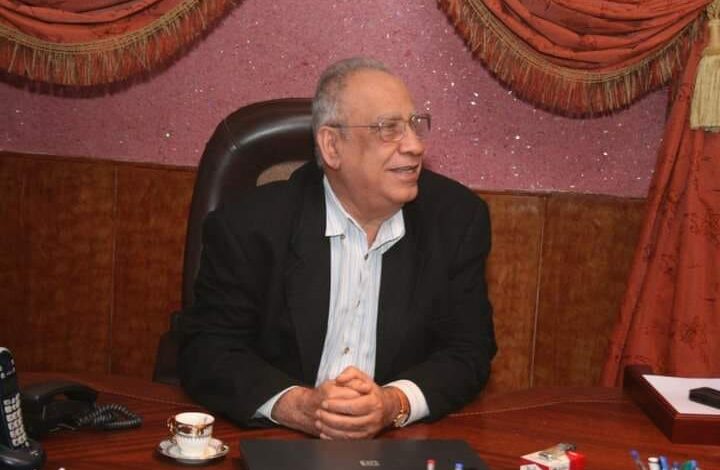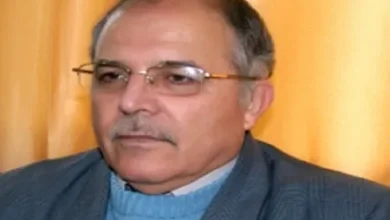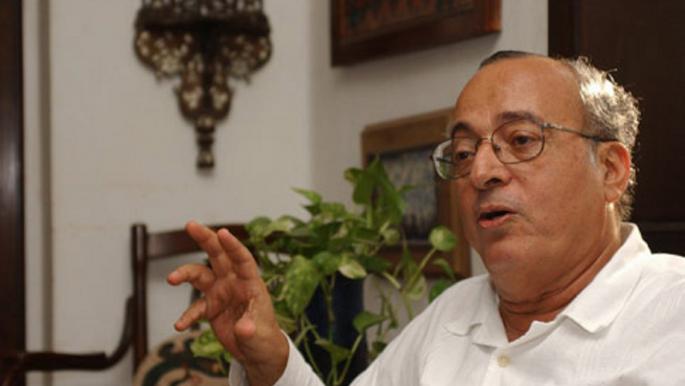
Miserable presidential debate
By Dr. Yousuf Makki July 20, 2024
Debates between presidential candidates in the United States of America date back more than seven decades. In 1960, Republican presidential candidate Wendell Wilkey challenged his Democratic opponent, President Franklin D. Roosevelt, to conduct a debate in which each presented his electoral platform. Roosevelt rejected the idea altogether, and that debate did not materialize, but it established an essential tradition from 1960 to the present day. The debate that took place on September 26, 1960, between the Democratic Party candidate, US Congressman John F. Kennedy, and his Republican rival, Richard Nixon, Vice President Dwight D. Eisenhower, in Chicago, in CBS studios, was the first to be covered by television networks and to receive local and international attention. The two candidates did not limit themselves to that debate but held two other debates. Each debate dealt with an essential axis of the electoral program of both candidates. The first included social problems and the solutions proposed by each candidate to address them. The second debate focused on economic conditions and their respective views of the path. The third debate dealt with foreign policy and its trends. The Cold War between America and the Soviet Union was at its peak. In this context, it is worth noting that the general outlines of the candidates’ programs are already clear to the public because they express a sustainable vision of both parties for running the country. What matters in this context is not the general line but the details. The Republican Party adheres to the traditional economic vision of the capitalist system preached by Adam Smith in his book The Wealth of the Peoples. It is broadly committed to financial freedom and reducing state functions, including security and defense issues. Its program, on this basis, is based on reducing taxes and allowing the significant economic cartels to operate freely and without interference from the organs of the State. This means that the public affected by these policies is the middle class, people with low incomes. The continuation of these policies for more than one presidential term leads to widespread unemployment and the spread of economic depression. The Democratic Party represents the middle class and includes the American ethnic components, Hispanic and African, and the remnants of the ethnic components that are teeming with the United States. The party adopts what is known as political science as the welfare state, where the state provides health, education, and social services and is concerned with social security and the elimination of unemployment. Indeed, Democratic Party platforms carry an increase in spending and inflation in the state apparatus, forcing a steady rise in taxes. Indeed, the tasks entrusted to the Democrats require a corresponding inflation in the number of employees of the federal apparatus and the rest of the state apparatus, which contributes to reducing unemployment and activating the economy in its medium and infrastructure structure. The continuation of the Democratic Party in power for more than one presidential term will lead to higher housing prices and rents, as well as inflation in the prices of food commodities. One of the consequences of this will be the spread of economic inflation throughout the country, which will cause a state of discontent among the public so that supporters of the economic program yesterday become opposed to it today. And so things go in successive sessions between Republicans and Democrats. The depression reaches its limit, turning into an unbearable nightmare, and the demand is for the Democrats. When most Americans tolerate inflation, the Republican platform returns to its resonance and strength. This introduction draws us to the headline of this talk, “The Miserable Presidential Debate,” where it is conceivable and logical that both contenders for the presidential position would be interested in the electoral program and provide precise details to their audiences about what the country’s future should be in the four years after one of them comes to the White House. But, to our surprise, they did not address what was essential. The strangest thing is that both candidates have previously assumed the presidency. The current president, Joseph Biden, was even vice president Barack Obama for eight years, which means he has a significant record of twelve years in the White House. Yet his performance was weak, to the point of significantly harming his party and constituency. His voice during the debate was very faint and hardly heard. Many attribute Biden’s failure to the discussion to his advanced age, possible Alzheimer’s disease, and lack of good preparation for the debate. And to the violent punches directed at him by his opponent, Donald Trump. Donald Trump, too, did not care about the details of what the four years he would serve in the White House would be if he won and only directed insults and vitriols against his opponent. The public understood nothing from him about his electoral program except for general words, which do not fatten or sing from hunger. The debate, which lasted an hour and a half, was a violent attack, which included the most despicable words and insults by Trump towards Biden and offered nothing to the local audience and to the people who circled the televisions to surround what the economic and political conditions would be, in the most powerful country in the world, to face an unprecedented level of decline, which was completely unexpected. The only thing they agreed on was to support the war of extermination waged by Israel against the Palestinians in the Gaza Strip. The debate was miserable by all accounts. Translated from Arabic by Ibrahim Ebeid.





